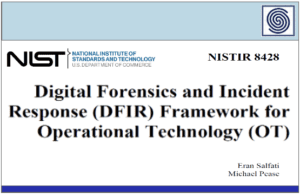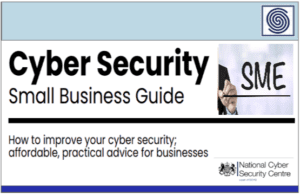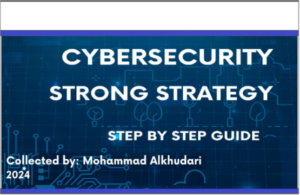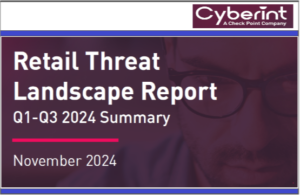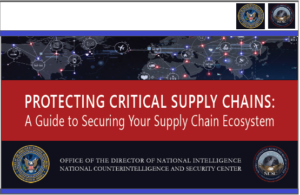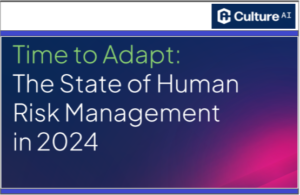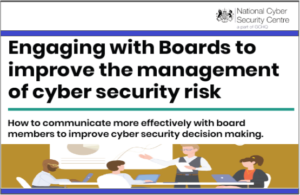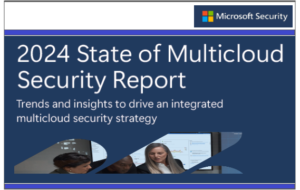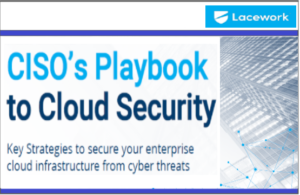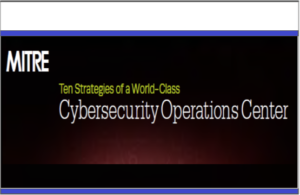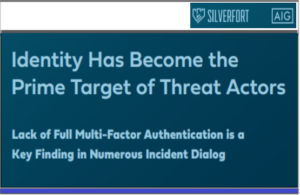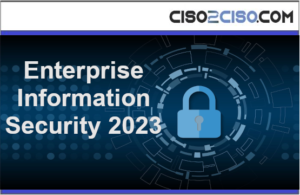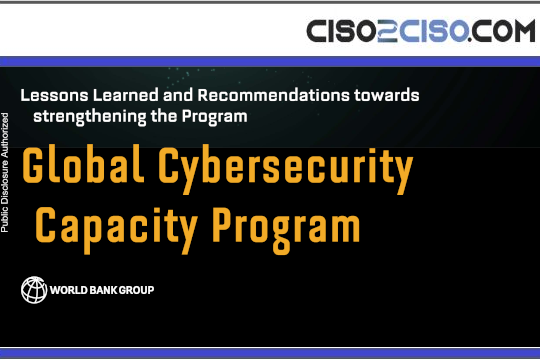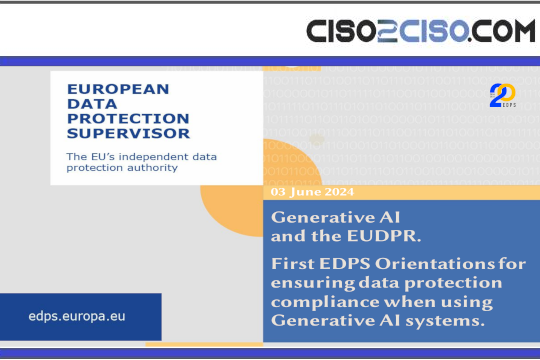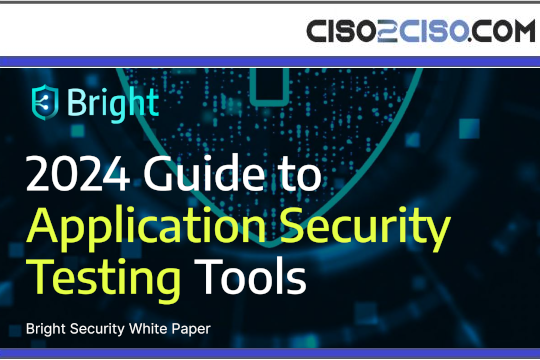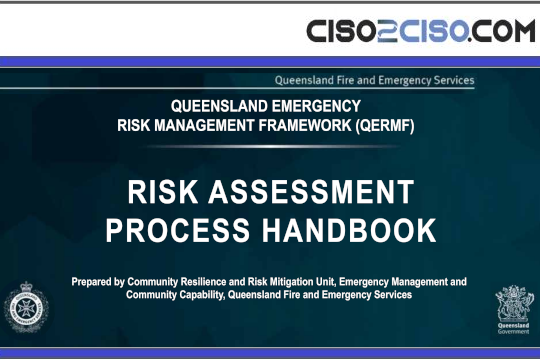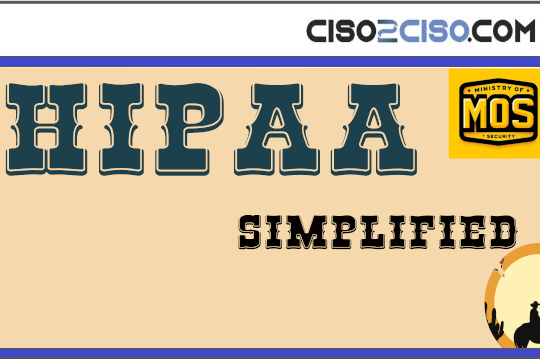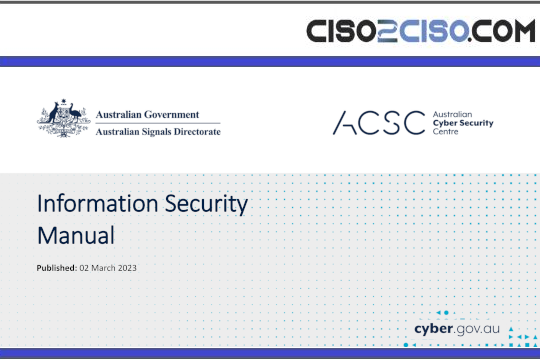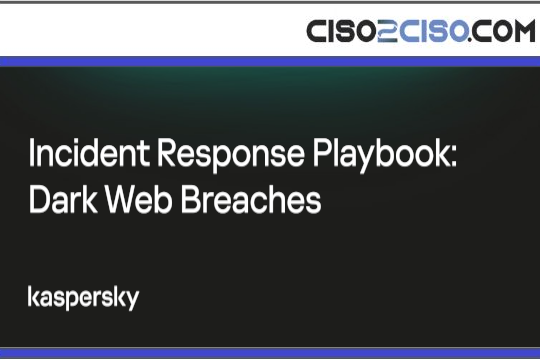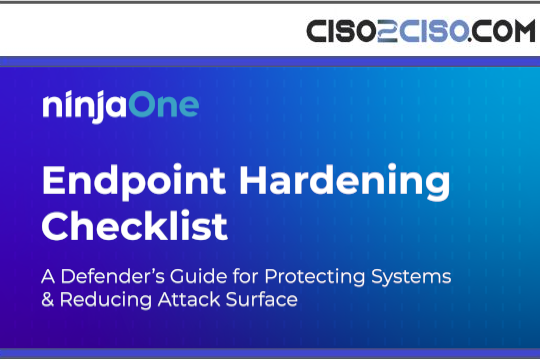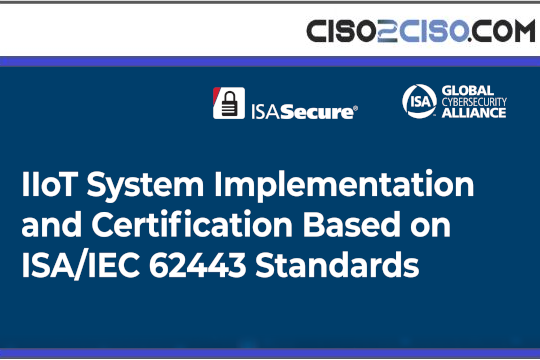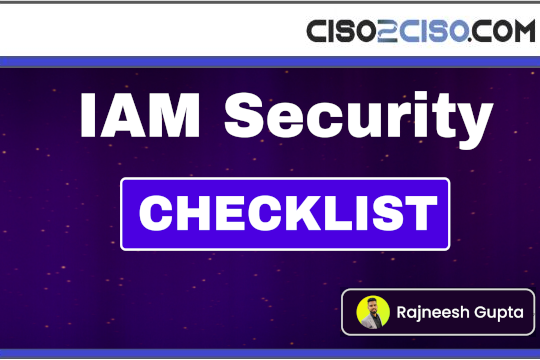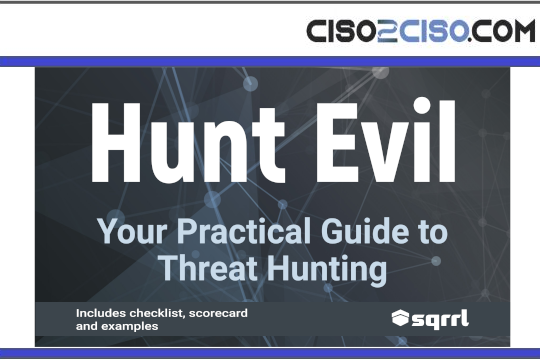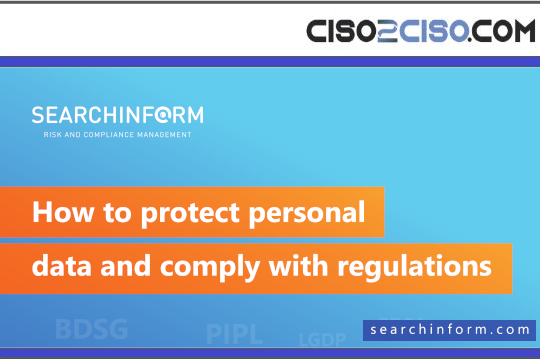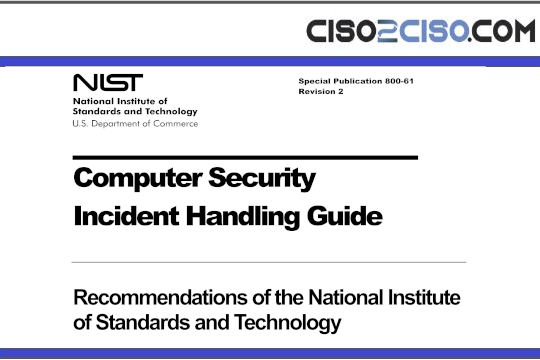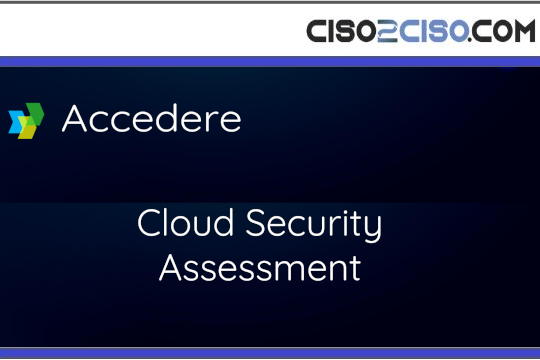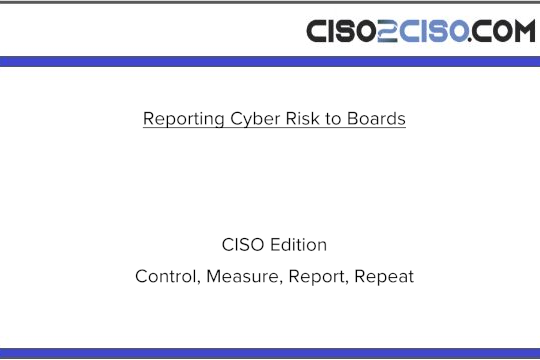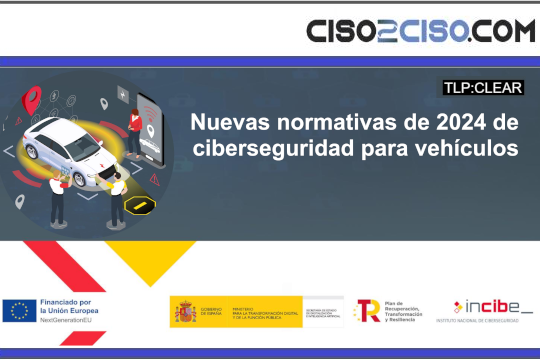Source: securityboulevard.com – Author: Devin Partida
Nonprofits do vital work in their communities, which may create a tempting target for criminals. Increasingly sophisticated cybersecurity threats make incident response plans more relevant than ever. Nonprofit employees should strategically recognize and prevent attacks to protect their sensitive data from cybercriminals.
Nonprofits are Becoming More Vulnerable
Many charitable organizations are sitting ducks for people profiting off stolen data. Leadership teams with limited financial resources may be unable to afford the same cybersecurity measures as other leading targets like hospitals. This vulnerability led to a 50.4% increase in credential phishing, 35.2% more email-based threats and 26.2% additional malware attacks on nonprofits in 2024.
Information that appeals to cybercriminals is also available on digital platforms with inefficient security tools. Research shows volunteer rates fell in recent years, making it easier for nonprofit leaders to connect everyone on a singular communication platform. However, cybercriminals can easily disrupt an organization’s workflow by accessing platforms through credential phishing. Losing private conversations, sensitive data and even cloud backups can result in legal penalties, depending on applicable regulatory law breaches.
Most Important Components in an Effective Incident Response Plan
Any robust IRP should include foundational components for various security breaches. Covering multiple potential incidents makes any nonprofit’s IT more secure. Those factors include:
- Software and other digital tools to monitor for breaches and send alerts if one occurs
- Strategies to mitigate damage with short- and long-term containment measures, like account lockdowns
- Communication protocols to update everyone involved, including internal team members, donors and regulators
- Specific steps to restore system backups and verify data integrity
- Review outlines to analyze what happened, how the IRP worked and how to improve similar future responses
Reviewing IRP steps quarterly and updating them as needed will make them more useful and effective. If they apply to a team’s current software programs, workflows and data protection measures, everyone will know how to handle a breach without panicking.
Why Teams Have Proactive and Reactive Response Plans
Proactive and reactive IRPs are vital for nonprofit organizations. They ensure daily cyber protections and quick response measures if a breach occurs. Teams face less downtime when they have outlined steps prepared regarding situations like financial loss or compromised credentials.
Nonprofits, volunteers and the communities they serve can’t afford to rely on hope alone. That’s why proactive planning is essential. Anyone can accidentally let cybercriminals into their network. Data shows that one in 10 IT leaders and one in five business executives break in-house security rules. IRPs provide peace of mind when a slip-up compromises sensitive information.
Quarterly IRP updates ensure essential continuity. If a nonprofit team changes software platforms or starts working with new data, their IRPs must include specific response steps for those compromised workflows.
Tips for Overcoming Common Challenges
Nonprofit teams often face specific challenges when creating incident response plans. Finding tools to make them is the first step. Free and low-cost open-source software and cloud-based data storage options for documentation are available. IT consultants can also review detailed IRPs and make recommendations, if the team’s budget allows.
Workplace leaders should also train team members and volunteers to use the software relevant to their roles and understand its vulnerabilities. Then, they’ll have the necessary context to contribute to IRP reviews and enact them without confusion.
Steps to Create an Incident Response Plan
Nonprofit workers can develop an IRP by creating a general outline and adding workplace-specific details to expand each step.
- Identify the Biggest Risks
Every team should determine its most critical assets. Do they handle clients’ sensitive medical details, donors’ financial data or information related to minors? The assets connect to the most feasible threats. Organizations that receive generous donations will likely be more at risk of stolen financial data than a small nonprofit helping kids learn math in a remote town. However, both organizations must identify their assets and risks to formulate valuable responses.
- Document Response Procedures
The best IRPs have detailed response steps for any likely cyber threat facing an organization. Those should include who is responsible for each procedure, timelines for enacting those steps and what a successful outcome looks like. Nonprofits created 12.8 million jobs in 2022, making it a vital employment sector. A breach will affect numerous team members in most organizations. Assigning responsibilities by name or title reduces uncertainty by giving everyone action items.
- Schedule Testing and Reviews
Quarterly reviews allow teams to evaluate how much of their current incident response plan is still relevant to their organization. Should they create new procedures for other software programs they started using? They may need to hire extra team members or outline potential assets that didn’t exist during their previous IRP reflection.
Consistent testing provides reassurance. For instance, a nonprofit’s IT team or contractors can gauge staff awareness by sending mock phishing emails. If someone takes the bait, they can walk through the IRP steps to handle the scenario in real time. The resulting questions or roadblocks will reveal opportunities to improve.
Fortify Nonprofit Digital Security
Incident response plans are a foundational security measure for nonprofit organizations. These proactive tools and resources make emergencies easier to handle. If leadership teams know how to create one and who to contact for a professional IT review, they’ll feel more digitally secure in their daily operations.
Recent Articles By Author
Original Post URL: https://securityboulevard.com/2025/05/understanding-the-importance-of-incident-response-plans-for-nonprofits/?utm_source=rss&utm_medium=rss&utm_campaign=understanding-the-importance-of-incident-response-plans-for-nonprofits
Category & Tags: Cybersecurity,Incident Response,Security Boulevard (Original),Social – Facebook,Social – LinkedIn,Social – X,incident response plans,nonprofits – Cybersecurity,Incident Response,Security Boulevard (Original),Social – Facebook,Social – LinkedIn,Social – X,incident response plans,nonprofits
Views: 3





